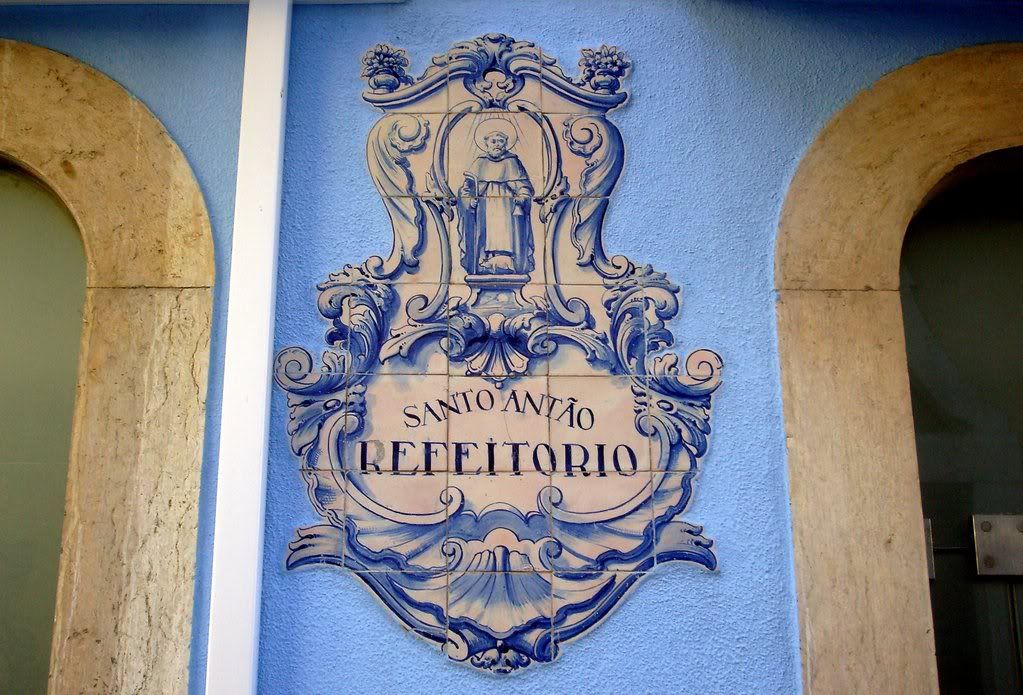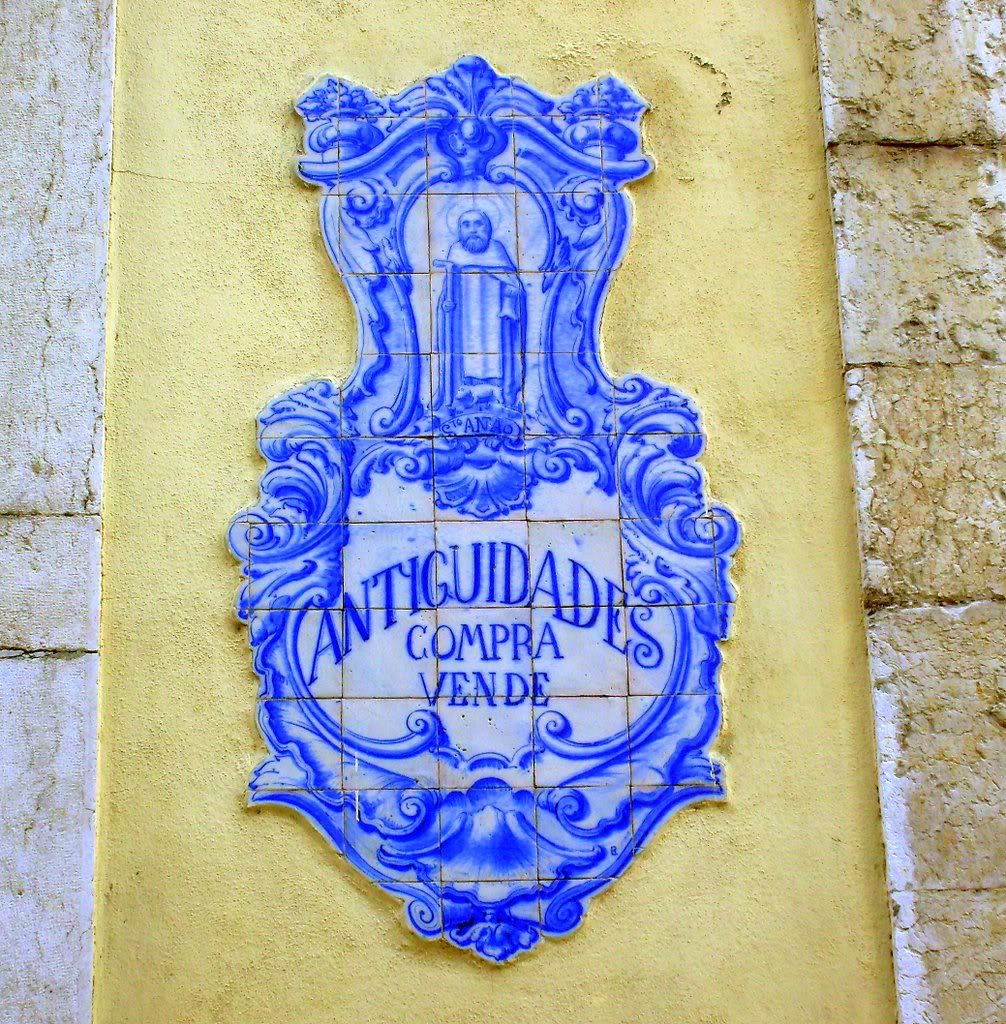

"Santo Antão was one of the founders of the monastery and is also called Anthony of Egypt. He was born in Fayum, in Egypt near Heracleopolis Magna in 251. Anthony went to a mountain in Pispir (now Deir el-Memum) and was there in a solitary life for 20 years. In 305 DC, Anthony emerged with great force and health. He was with the eremitas for 5 years, regulating the community work, prayers and penitence. Then he went to a desert between the Nile and the Red Sea, in a place called Mount Kalzim. A monastery, called Diem Mar Antonios, was erected on this site. This period of incarceration was not so restricted as the previous, because Anthony went to Alexandria in 311 comfort the martyrs of persecution that was happening at the time and he returned years later to argue vigorously against heresy ariana side by side of St. Athanasius of Alexandria . Antônio not alone in the desert. He had company and disciples. Anthony became known as a good man generous, courageous, with good sense and fair without any excess and ostentation. St. Athanasius has the credit of having done a biography of Anthony account that the details of their trials, suffering and miracles. Anthony was a friend of Sao Paulo, Thebes, called the "hermit" which received half of bread per day crows. Does the tradition that when Antonio was visiting him, the crows brought a whole bread. The Emperor Constantine, the Great (323-337) was one of thousands who sought Antonio for lessons and inspiration. Anthony wrote several letters and sermons to young eremitas. The life of Antonio, described by St. Athanaius also saved many of the sermons and speeches of Antônio. A monastic rule dated from that era is credited as having their ideals, their thoughts and their beliefs. Antonio died on January 17 of 365 and was buried in a pit not marked as his request, but in its 561 relics were discovered and he was transferred to Alexandria, Constantinople. La Motte, the house matrix of the Order of Hospitallers of St. Anthony, founded in 1100, states that has its relics. However, the scholars believe the matter, that the relics of St. Anthony of Sarracenos have been saved in Constantinople (now Istanbul, Turkey) in 635 DC. Relics of this saint are also considered as being in Siena, Italy and Burngundy, France. He is the patron of several orders and the Knights of St. Anthony and also of the poor, the sick, the butchers and domestic animals. He is invoked against fires and pests. He died with on January 17, 356 with 105 years."
Text taken/stolen from the blog Documentos.

On the Rua Portas de Santo Antão I had encounter these tiles on opposite sides of the street. One for a cantine and another to a house of antiques. But what drew my attention was the pork at his feet and the symbols that were used: In liturgical church art he is shown as a monk of the Order of Saint Anthony. The pork and bell are associated with it as a result of the Order of Hospitallers of St. Anthony seems that the pigs then won the privilege to walk on the streets of the city. Members of the Order rang the bell to ask for souls. St. Anthony is also displayed with a cover T and a bell, the symbol of the hermit.






6 comments:
Beautiful tiles, i love the blue and white color combination - its one of my favourites, and a very interesting read.
How interesting to read this today. Lovely work indeed!
Pat
Guelph Daily Photo, My Photos.
Excelente tradução, e ainda melhor a ilustração. Vou colocar seu blog em meus favoritos
Surely antique looking Maria...antiquidades translates to antiquities right? Great art!
This is one of my favourite posts in this blog EVER!!!! LOVED IT!!!!!!
Beautiful! I love reading about the history behind different landmarks.
Post a Comment